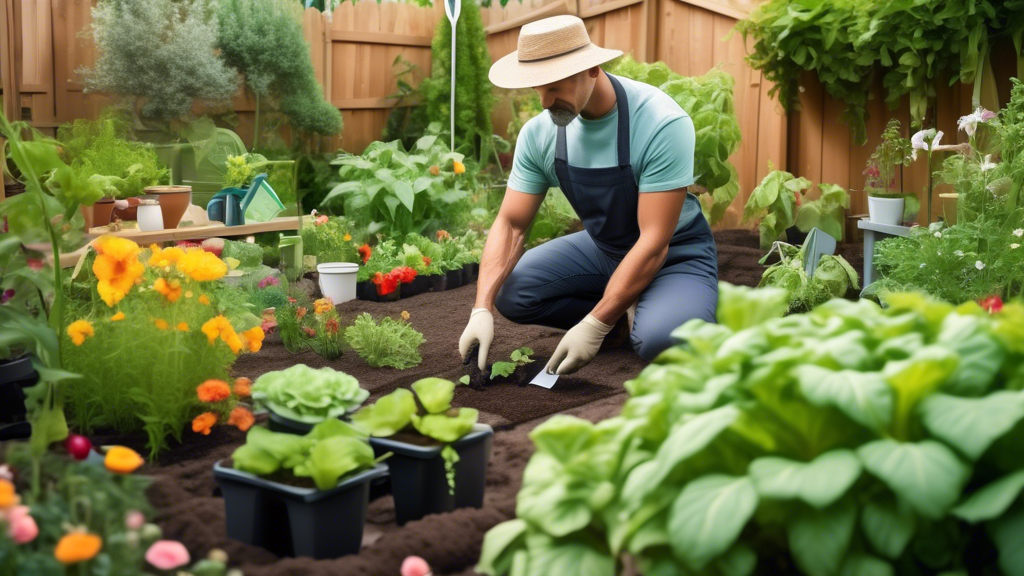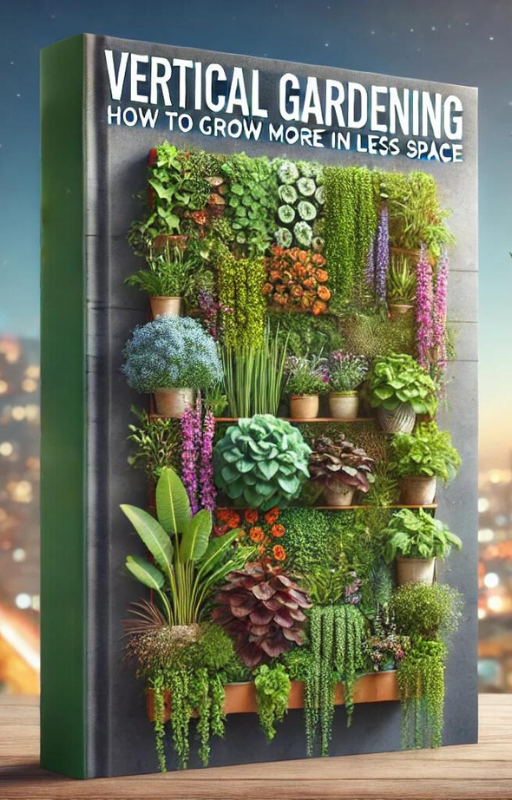Gardening success heavily depends on the quality of your soil. Healthy soil doesn’t just support plant growth; it also plays a key role in maintaining an ecosystem of beneficial organisms. Indicators of well-nourished soil include good texture, moisture retention, and abundant organic matter. To ensure your garden continues to thrive, it’s essential to routinely check and enhance soil vitality. Testing your soil can seem overwhelming, but following a methodical approach can simplify the process. Begin by collecting soil samples and using reliable testing kits to assess nutrient levels and pH balance. Based on your findings, you can then implement strategies to boost soil conditions, such as incorporating compost, adjusting pH levels, and ensuring adequate aeration. These actions will lead to a more vibrant garden, where plants can flourish and yield better results.
Understanding the Importance of Soil Health
Significance of Healthy Soil in Gardening Success
Healthy soil is essential for thriving gardens. It forms the foundation for robust plant growth, providing necessary nutrients and support to plants. Soil quality affects several factors, including plant health, yield, and resistance to diseases and pests. Thus, maintaining soil fertility is crucial for achieving a flourishing garden.
Moreover, well-maintained soil promotes better water retention and drainage, ensuring that plants have adequate moisture without waterlogging. It also supports a vibrant ecosystem of beneficial organisms such as earthworms and microbes, which further nourish the plants and improve soil structure.
Key Indicators of Healthy Garden Soil
Recognizing the signs of healthy soil can help you take appropriate measures to maintain its quality. Here are some crucial indicators:
- Rich Color: Good soil often has a dark, rich color due to the presence of organic matter. This organic content is vital for supplying nutrients and fostering microbial life.
- Loose and Crumbly Texture: Soil should be loose enough to allow roots to penetrate easily but firm enough to hold its shape. A crumbly texture indicates proper aeration and moisture levels.
- Earthworm Activity: The presence of earthworms is a great sign of healthy soil. These creatures help break down organic material, aerating the soil and enhancing nutrient availability.
- Pleasant, Earthy Smell: Healthy soil generally emits a fresh, earthy odor. A sour or foul smell may indicate poor drainage or the presence of harmful pathogens.
- Good Drainage: Well-drained soil prevents root rot and other water-related issues. To test this, observe how quickly water soaks into the soil after heavy rainfall or watering.
- Presence of Organic Matter: High organic matter content, such as compost or decomposed plant material, enriches the soil, providing essential nutrients and improving structure.
By keeping an eye on these indicators, you can gauge the health of your garden soil and take necessary actions to maintain or improve its quality.

Effective Methods to Test and Improve Soil Health
Step-by-Step Guide to Soil Testing
Testing your garden soil is a critical initial step for nurturing plant health. It helps identify nutritional deficiencies, pH imbalances, and soil composition issues. Here is a detailed, straightforward guide to help you understand how to analyze your soil effectively:
1. Collecting Soil Samples
Begin by gathering soil from different areas of your garden. This will give you a comprehensive understanding of the soil conditions. Dig small holes, about 6-8 inches deep, and take a slice of soil from the side of each hole. Mix these samples together in a clean container to get a composite sample.
2. Preparing the Soil Sample
Once you have your sample, allow it to air-dry naturally. Spread the soil on a paper to dry, avoiding heat sources that could alter its properties. After drying, break up any clumps and remove debris like stones and roots.
3. pH Testing
Knowing the pH level of your soil is vital for determining which plants will thrive. Many plants prefer slightly acidic to neutral soil (pH 6.0 to 7.0). You can use a store-bought pH testing kit for a quick assessment. Follow the instructions on the kit carefully to get accurate results.
4. Nutrient Testing
To understand the nutrient composition of your garden soil, consider getting a professional soil test from an agricultural extension office or a reputable laboratory. These tests usually assess levels of essential nutrients like nitrogen, phosphorus, and potassium, along with trace elements. The detailed reports will provide data-driven recommendations for fertilization.
Essential Tips for Enhancing Soil Quality
Improving soil health requires consistent effort and a multifaceted approach. Here are some practical strategies to enhance your garden soil:
1. Adding Organic Matter
Integrating organic matter such as compost, aged manure, or leaf mold can significantly enhance soil structure, moisture retention, and nutrient content. Regularly incorporate organic matter into your garden soil to maintain fertility and support microbial activity.
2. Proper Crop Rotation
Rotating crops aids in preventing soil depletion and reduces pest and disease problems. Different plants have varying nutrient needs and rooting patterns. By alternating plant types each growing season, you give your soil time to recover and restore its nutrient balance.
3. Mulching
Using mulch is an effective way to conserve moisture, regulate soil temperature, and suppress weed growth. Organic mulches like straw, wood chips, or grass clippings also break down over time, enriching the soil with additional organic material.
4. Avoiding Soil Compaction
Compacted soil can hinder root growth and water infiltration. Avoid walking on garden beds and use raised beds or designated paths to minimize compaction. Aerating the soil periodically can also improve its structure and porosity.
5. Implementing Cover Crops
Planting cover crops during off-seasons can improve soil health by preventing erosion, enhancing organic matter, and fixing nitrogen. Legumes, like clover and vetch, are particularly beneficial as they add vital nutrients to the soil.
6. Correcting pH Imbalances
If your soil pH is too acidic or alkaline, it may hinder nutrient uptake. To raise the pH of acidic soils, you can add lime. For soils that are too alkaline, sulfur can be added. Always follow recommended application rates and re-test the soil to monitor progress.
By following these soil testing and improvement methods, you can create an optimal growing environment for your plants, leading to a healthier, more productive garden.
In conclusion, maintaining the health of your garden soil is essential for a flourishing garden. Recognizing the significant role healthy soil plays in supporting plant growth is the first step. By identifying key indicators such as texture, color, and the presence of organic matter, you can gauge the condition of your soil effectively.
By employing straightforward soil testing techniques, you can ascertain nutrient levels, pH balance, and other vital characteristics of your soil. Regular testing not only helps in detecting deficiencies but also provides a roadmap for making necessary amendments. Additionally, integrating organic matter, employing crop rotation, and mindful watering are practical steps to improve soil quality.
By dedicating time and effort to understanding and nurturing your garden soil, you lay a solid foundation for successful gardening. Healthy soil directly translates to robust plant growth, leading to a vibrant and productive garden. With these insights and methods, you can confidently cultivate a garden that thrives.


